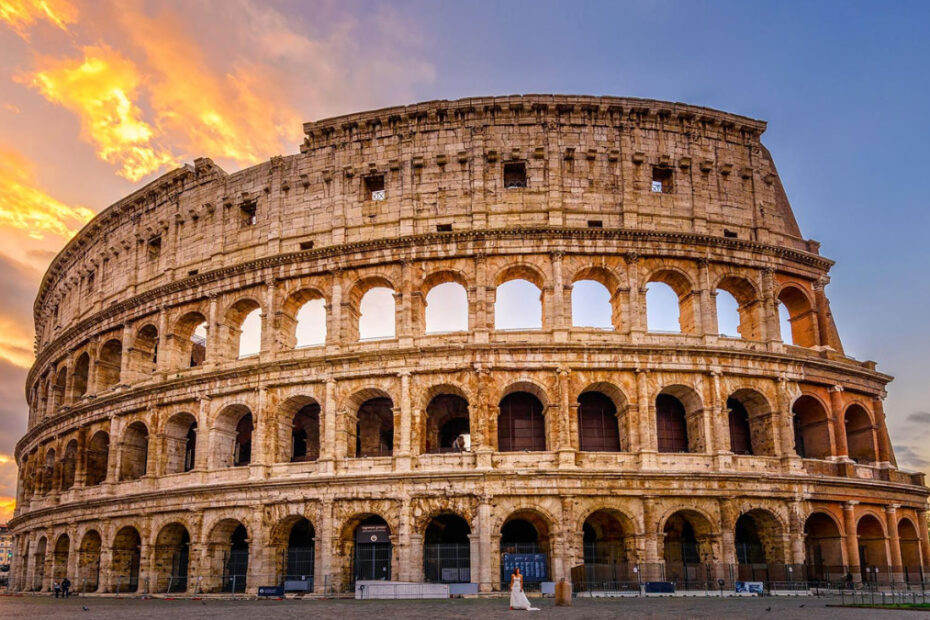Planning a trip to Rome? The Eternal City is a treasure trove of history, culture, and culinary delights, but it’s easy to fall into common tourist traps. From exploring the bustling streets to choosing the best gelato, knowing what to avoid can make your experience truly unforgettable.
Key Takeaways
- Plan Ahead for Popular Attractions: Reserving tickets and tours in advance for major sites like the Colosseum and Vatican Museums can save you time and prevent long waits.
- Master Public Transport: Understand and utilize Rome’s extensive public transportation system to navigate efficiently, and always validate your tickets to avoid fines.
- Dress Appropriately for Visits: Wear modest clothing when visiting sacred sites and choose comfortable walking shoes to explore Rome’s cobblestone streets.
- Avoid Tourist Traps: Steer clear of dining in tourist-heavy areas, purchasing from street vendors, and falling for common scams to ensure an authentic and hassle-free experience.
- Manage Your Time Wisely: Visit landmarks during off-peak hours and avoid peak tourist seasons for a more enjoyable and less crowded experience.
- Explore Beyond Guidebooks: Venture into less touristy neighborhoods and interact with locals for unique insights and hidden gems that guidebooks might overlook.

Not Reserving Tickets and Tours in Advance
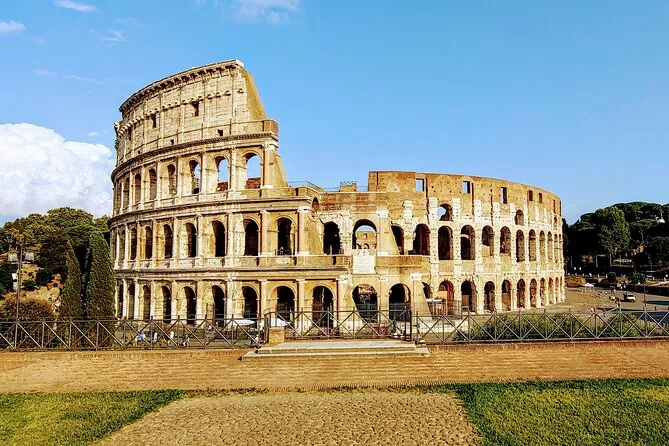
Not reserving tickets and tours in advance can significantly diminish your experience in Rome. It’s crucial to plan ahead to maximize your time exploring this historic city.
Pre-book Major Attractions
Pre-booking tickets for major attractions like the Colosseum, Vatican Museums, and Roman Forum is a game-changer. You can avoid the notoriously long queues, which often stretch up to 1 kilometer. This foresight ensures you spend your time reveling in art and history instead of waiting under the sun.
Book your tickets online through official websites or authorized vendors to avoid scams. You’ll get legitimate tickets and peace of mind. This tip is especially vital during peak tourist seasons when the influx of visitors can be overwhelming.
Use Skip-the-Line Passes
A skip-the-line pass can save you hours. These passes allow you to bypass the regular lines and enter attractions swiftly, giving you more time to immerse yourself in Rome’s rich offerings. Popular options include the Omnia Vatican and Rome Card, which grant priority entry to numerous sites.
Investing in these passes during your trip will pay off in more meaningful experiences. You won’t just see the sights—you’ll feel part of Rome’s vibrant history.
Remember, strategic planning can turn a potentially frustrating day into an unforgettable exploration. Whether it’s the awe-inspiring Colosseum or the serene Vatican Gardens, pre-booked tickets and skip-the-line passes let you dive straight into the magic of Rome.
Misunderstanding Public Transport
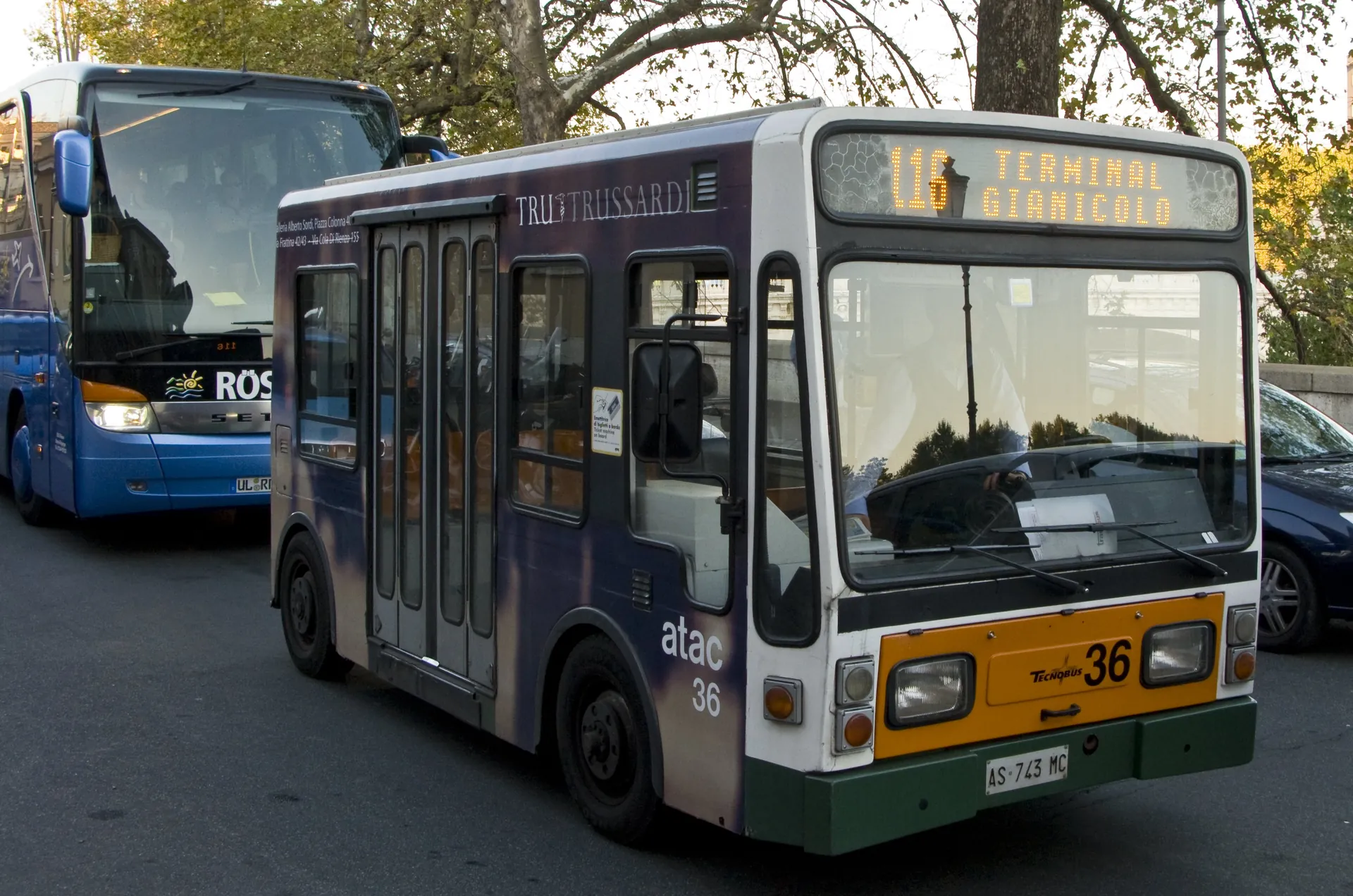
Exploring Rome’s public transport can be a bit daunting, but mastering it is essential for a smooth trip. The city boasts a complex yet extensive system, including buses, trams, and two metro lines. Understanding the routes and schedules lets you explore Rome efficiently, avoiding unnecessary delays.
Validate Your Train and Bus Tickets
You must validate your train and bus tickets before boarding in Italy. Failure to do so can lead to hefty fines. Look for the yellow validation machines at train stations and bus stops, and be sure to stamp your ticket before you board. This rule applies to both local and regional transport, so never skip this step.
Opt for Public Transport Over Taxis
Public transport in Rome is generally more efficient and cost-effective than using taxis. The metro lines, although limited, cover many key points of interest, while buses fill in the gaps for areas not served by the metro. Embrace the local way and save some money by opting for these options over pricier taxis.
Wearing Inappropriate Clothing
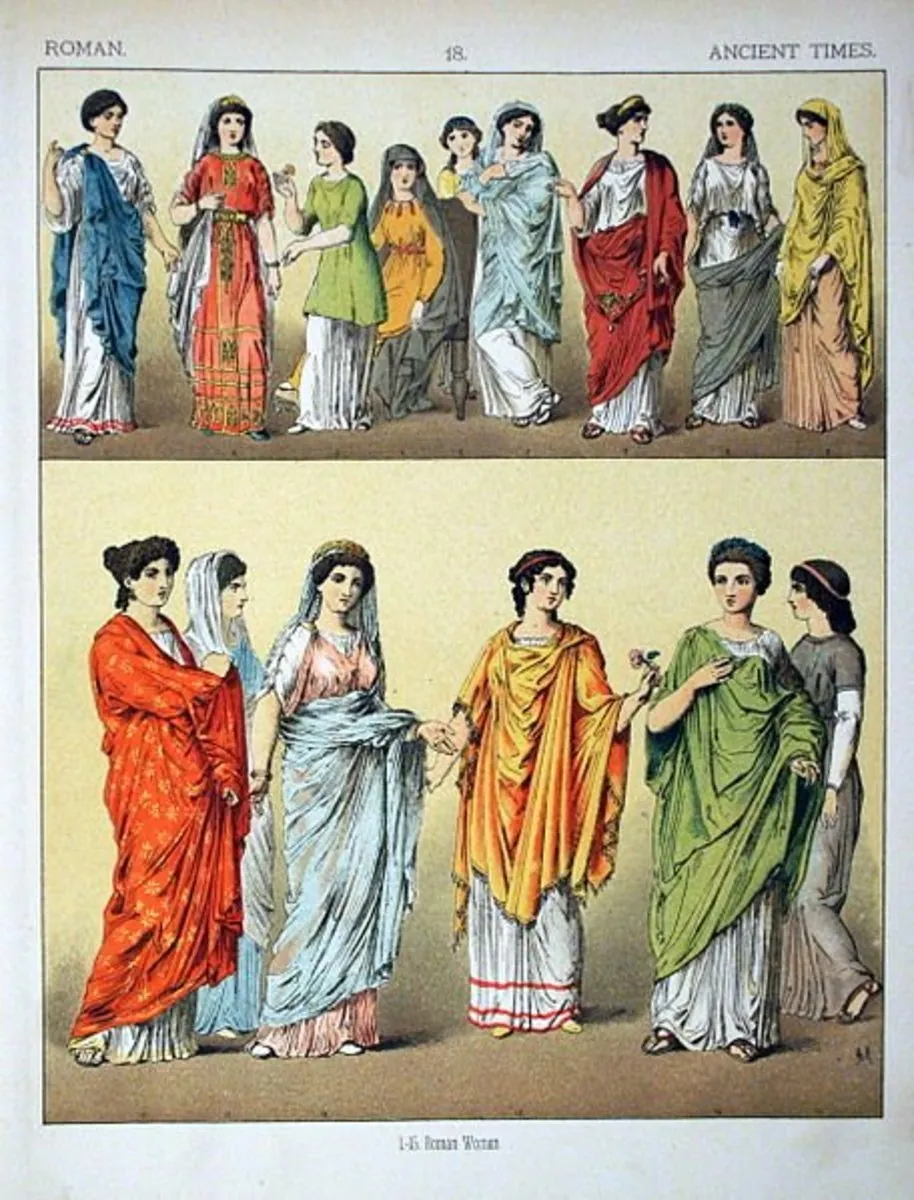
When visiting Rome, dressing inappropriately can spoil your experience, especially at sacred sites and crowded places. Here’s what to avoid:
Dress for Sacred Sites
To visit Rome’s religious landmarks like San Pietro Basilica, cover your shoulders and knees. Both men and women should dress modestly, as stricter rules apply inside these sites. Avoid wearing sleeveless tops, short skirts, or shorts. Failure to comply can result in denied entry. It’s advisable to carry a scarf or shawl to cover up when needed.
Wear Comfortable Walking Shoes
Exploring Rome’s cobblestone streets and historic sites requires comfortable footwear. Sandals and flip-flops may seem ideal in hot weather, but they offer little protection and can cause discomfort after hours of walking. Opt for sturdy, closed-toe shoes that provide support. Avoid sandals with socks, as some establishments might refuse entry to those sporting this combo. Protecting your feet can make your Roman adventure more enjoyable.
By wearing proper attire, you’ll show respect for local customs and ensure a more pleasant visit to Rome’s breathtaking attractions.
Falling for Tourist Traps

Exploring Rome is a delight, but falling into tourist traps can put a damper on your experience. Here’s how to navigate common pitfalls to ensure your trip is memorable for all the right reasons.
Avoid Eating at Tourist Areas
Don’t get tempted by the convenience of dining right next to iconic landmarks like the Pantheon or Campo De’ Fiori. These areas often feature restaurants that serve subpar food at premium prices. Instead, venture a few blocks away to find hidden gems where locals dine, offering authentic meals at more reasonable rates.
Fake Restaurants and Menus
Be cautious of restaurants where staff stands outside trying to draw you in with well-rehearsed spiels. These eateries frequently overcharge for lower-quality food. Politely decline with a “no, grazie” (no, thank you) and continue your search for a bona fide dining experience.
Skip the Line Tickets and Tour Packages
Don’t buy tickets or tour packages from street vendors. They might be fake, overpriced, or both. Always purchase tickets from official websites, authorized vendors, or directly at the attraction’s ticket counter to ensure authenticity and fair pricing.
Avoid Street Sellers
Avoid engaging with street sellers peddling everything from “designer” handbags to cheap souvenirs. Many of these items are counterfeit, and engaging with sellers can often lead to persistent hassle. Firmly say “no, thank you” and keep walking to avoid unwanted interactions.
Be Wary of Common Scams
Be on the lookout for pickpocketing and scams involving fake ticket sellers and unofficial taxi drivers. Always guard your belongings in crowded places like public transportation and popular tourist spots. Trusted sources for tickets and rides ensure a smooth, hassle-free experience.
By keeping these pointers in mind, you’ll bypass common tourist traps, allowing you to dive deeper into the real Rome and make the most of your visit.
Timing Mistakes

Timing your activities in Rome can make or break your trip. Here are some crucial mistakes to avoid:
Avoid Peak Tourist Seasons
Visiting Rome during peak tourist seasons, typically summer and holidays, can lead to overcrowding and higher prices. You’ll find the city packed with tourists, making it difficult to enjoy the major attractions. Aim to visit during off-peak seasons like winter, spring, or autumn. During these times, Rome is less crowded, the weather is pleasant, and you can experience a more leisurely trip.
Visit Landmarks During Off-Peak Hours
To avoid long lines and crowds, visit popular landmarks during off-peak hours. For instance, Piazza San Marco is less crowded and beautifully lit at night, providing a serene and mesmerizing experience. For major attractions like the Colosseum, arrive early in the morning or late in the afternoon. Note that there are two lines at the Colosseum: one for buying tickets and one for entering. Ensure you’re in the correct line to save time and avoid frustration.
Timing for Meals and Daily Activities
Understanding local meal times is essential to avoid disappointment. Lunch typically runs from 12:30 PM to 2:30 PM, while dinner is served from 7:30 PM onwards. Plan your meals around these times to enjoy authentic Roman cuisine without the wait. Also, many businesses close in the afternoon for a siesta, so schedule your activities to make the most of your day.
Following these tips will help you navigate Rome more efficiently, allowing you to soak in the city’s rich culture and history without the stress.
Underestimating Walking Distances
Rome’s charm lies in its rich world of historic streets, but it’s easy to misjudge the distance between highlights. Many underestimate how much walking is required, leading to fatigue and discomfort. With the cobblestone streets and uneven pavements, wearing comfortable shoes is vital.
Plan Realistic Itineraries
Planning realistic itineraries can make your Rome visit more enjoyable. The city boasts numerous attractions like the Colosseum, Vatican Museums, and Roman Forum, but cramming them into a packed schedule isn’t ideal. Prioritize your must-see sites and allocate sufficient time for each. By doing so, you’ll avoid the stress of rushing through sights and allow time for spontaneous exploration. For example, instead of visiting three major landmarks in a day, spread them out over a few days and sprinkle in some leisure time at a local café.
Use Maps to Navigate Efficiently
Using maps efficiently is crucial in Rome’s labyrinthine streets. Rely on digital maps or a detailed city guide to navigate quickly between landmarks. Tourist maps often highlight walking distances and estimated travel times, which can help you plan your day more effectively. For instance, you might find that walking from the Spanish Steps to the Trevi Fountain takes around 10 minutes, while a stroll to the Pantheon might take 15 minutes. Use these tools to avoid unnecessary detours and the frustration of getting lost.
By considering walking distances and realistic itineraries and leveraging maps, you can ensure a smoother, more enjoyable Rome experience.
Dining Mistakes
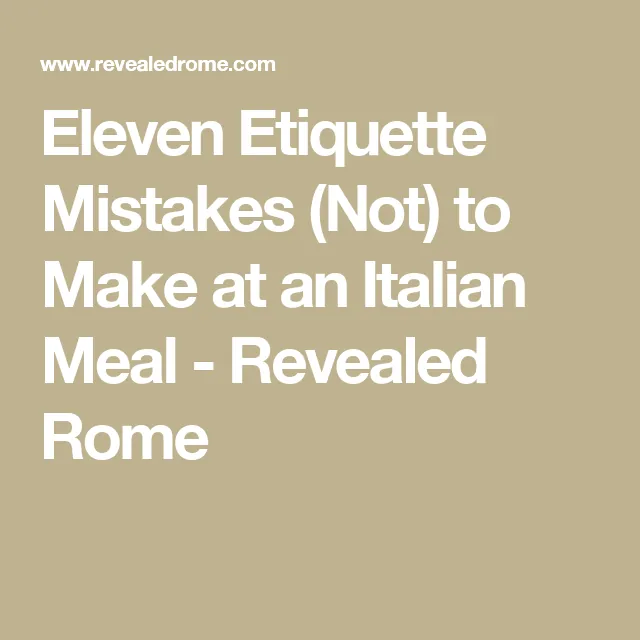
Rome’s dining scene is a treasure trove of flavors, but there are a few pitfalls you’ll want to avoid to ensure a memorable experience.
Skip Tourist Hotspot Restaurants
Resist the allure of those restaurants right by major landmarks like the Pantheon and Campo De’ Fiori. These places often come with high prices and underwhelming food. Staff might even be quite insistent about getting you inside.
Instead, venture a few blocks away. You’ll find local eateries serving authentic meals at more reasonable prices. For example, a trattoria in the quieter alleys might offer you homemade pasta that’s miles ahead of anything near the main tourist hubs.
Know How to Order Coffee Properly
Understanding how Italians take their coffee can make your experience smoother. Asking for a “latte” in Rome will get you a glass of milk. If you’re looking for a coffee and milk combo, ask for a “caffè latte” instead.
Also, note that Italians typically drink their coffee standing at the bar. If you sit down, you’re often charged more. So, join the locals at the bar for a quick espresso pick-me-up and soak in the authentic atmosphere.
Neglecting Local Customs and Etiquette
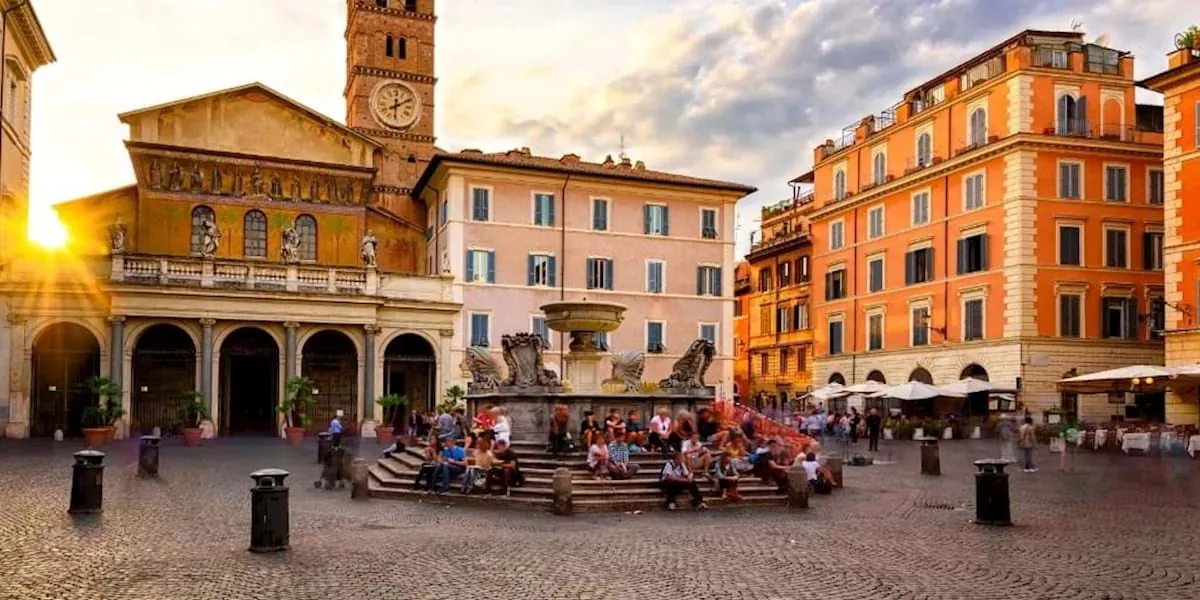
Learn Basic Italian Phrases
Learning basic Italian phrases can significantly enhance your experience in Rome. Knowing how to greet someone with a simple “Buongiorno” (Good morning) or “Grazie” (Thank you) not only shows respect but also makes interactions smoother. Many Romans appreciate when tourists make an effort to speak their language, even if it’s just a few words. Phrases like “Per favore” (Please) and “Scusi” (Excuse me) can go a long way in daily encounters. It’s beneficial to learn some key phrases before your trip, as it can help you navigate the city, order food, and ask for directions more effectively.
Be Respectful in Churches and Sacred Spaces
Respecting local customs, especially in churches and sacred spaces, is crucial when visiting Rome. Dress modestly by covering your shoulders and knees. Carrying a scarf or shawl for this purpose can be very helpful. Most churches, including famous ones like St. Peter’s Basilica, enforce strict dress codes. Keep your voice low and avoid using flash photography during your visit. It’s also important to refrain from eating, drinking, or using mobile phones within these sacred sites. Understanding and adhering to these rules shows reverence for the local culture and enhances your overall experience in Rome.
Avoid Eating in Tourist Areas
Avoid eating in tourist areas to savor authentic Roman cuisine and avoid inflated prices. Restaurants near major attractions like the Colosseum or Trevi Fountain often serve less impressive meals. Explore a few blocks away, where you’ll find local eateries offering delicious dishes at reasonable prices. Look for places filled with locals, as they’re usually a good indicator of quality. Discovering hidden gems in quieter neighborhoods lets you experience Rome’s culinary scene authentically.
Be Aware of Scams
Being aware of scams and staying vigilant can safeguard your trip. Rome is notorious for street sellers, fake charity collectors, and people offering unsolicited help. Politely decline and avoid engaging with these individuals. Be especially cautious at crowded spots like Termini Station. Always purchase tickets from official sources and verify the legitimacy of any offers. Keeping an eye on your belongings helps avoid pickpocketing incidents, ensuring a smoother and safer experience in Rome.
Respect Local Dress Codes
Respecting local dress codes, especially when walking through the city, helps you blend in and avoid unwanted attention. Romans tend to dress stylishly yet modestly. Avoid revealing clothing and opt for more conservative attire. This is particularly important in areas with heavy foot traffic and when visiting religious or historical sites. Following local dress codes not only shows respect but also enriches your overall experience by fostering positive interactions with locals.
Not Staying Hydrated
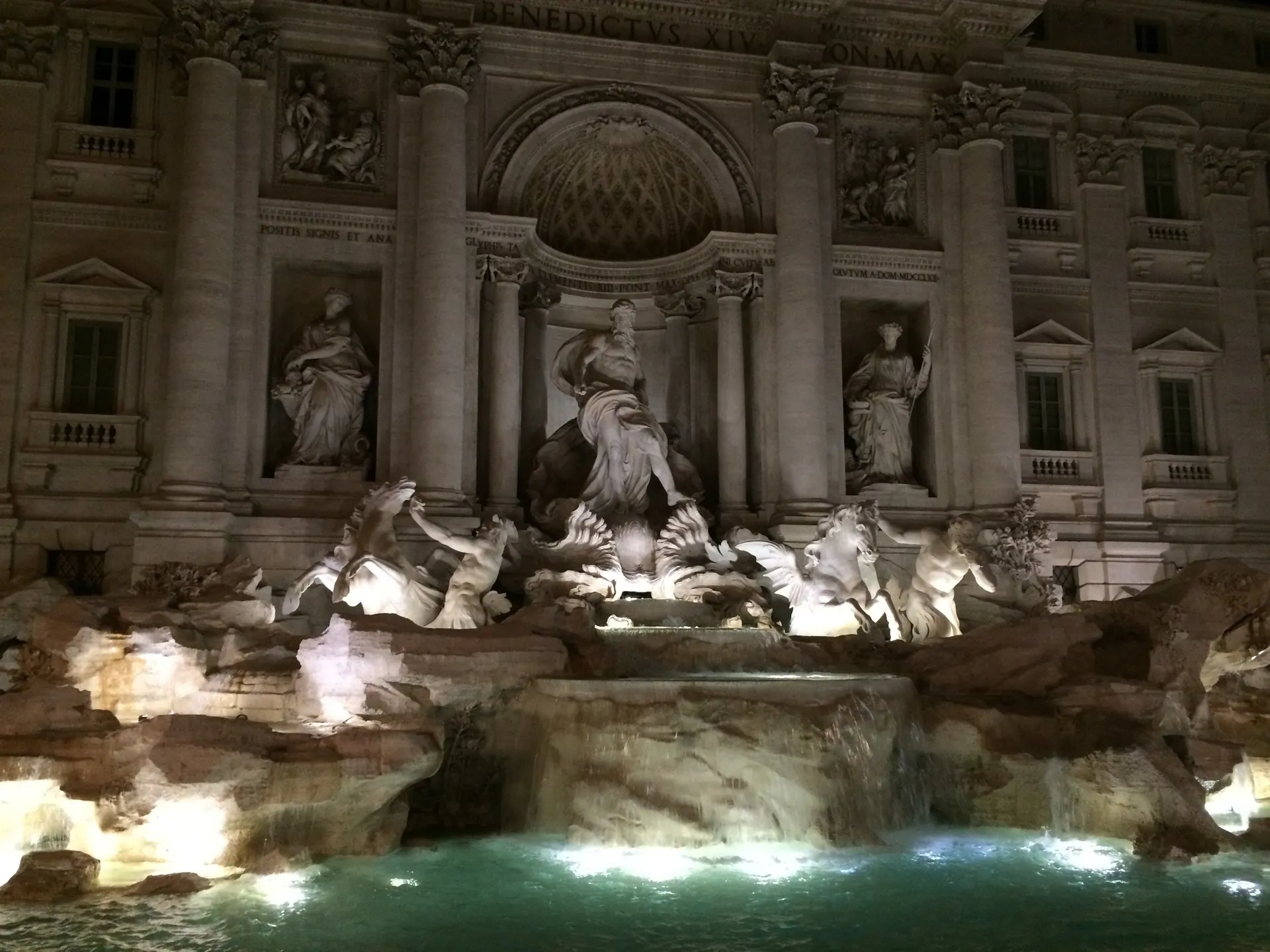
Rome can get extremely hot, especially during the summer. It’s crucial to stay hydrated to avoid dehydration, which can quickly ruin your trip.
Carry a Refillable Water Bottle
Opt for a refillable water bottle instead of buying bottled water from street vendors. Many street vendors sell water that’s been frozen and refrozen, which isn’t safe. Having a refillable bottle is not only environmentally friendly but also cost-effective. Plus, you’ll always have fresh water at hand.
Use Public Water Fountains
Rome is dotted with public water fountains, known as “nasoni.” These fountains provide clean and safe drinking water. Use them to refill your water bottle for free, saving money and ensuring you stay hydrated. These fountains are a convenient and charming aspect of the city, allowing you to explore without the worry of finding safe drinking water.
Overpacking
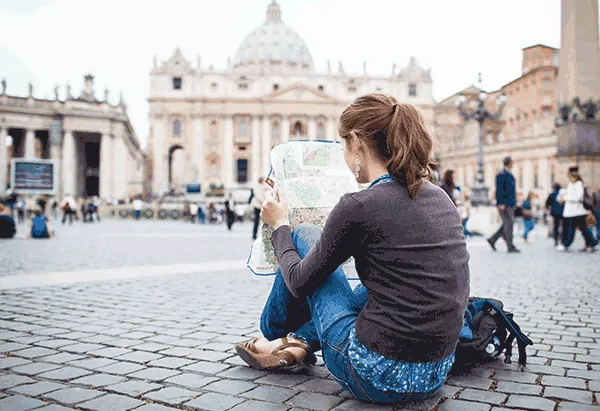
Overpacking can turn your Roman holiday into a logistical nightmare. To fully enjoy strolling through ancient ruins and cozy trattorias, you’ll want to travel light and smart.
Pack Light for a More Comfortable Trip
Packing light is crucial for exploring Rome’s cobblestone streets and bustling public transport. Opt for versatile clothing that can be mixed and matched, such as neutral shirts and pants that transition easily from day to night. Instead of packing bulky jackets, bring layers and a lightweight waterproof jacket. You don’t need multiple pairs of shoes; one comfortable pair for walking and another dressier option will suffice.
Use Packing Cubes for Organization
Using packing cubes can revolutionize your luggage organization. These handy tools allow you to compartmentalize your belongings, making it easier to locate items without emptying your entire suitcase. Pack similar items together—underwear in one cube, shirts in another—to streamline the packing and unpacking process. This way, your travel essentials are always within reach, and you can avoid searching for that elusive pair of socks at the bottom of your bag.
These practical tips can help you travel through Rome more efficiently and comfortably, maximizing your experience as you traverse this historical city.
Lack of Preparation for Weather

Check Weather Forecasts Before Packing
Rome’s weather can be unpredictable, making it crucial to check forecasts before you pack. Summers hit scorching highs of 90°F, while winters may dip to 40°F and bring occasional rain. Knowing this helps you prepare. For instance, lightweight clothes and sunblock for summer, while a waterproof jacket and warm layers are essential for winter. Visit reputable sites like the Weather Channel or local Rome weather services for the most accurate forecasts.
Dress in Layers for Unpredictable Weather
Rome’s weather can fluctuate throughout the day, so dressing in layers is smart. This approach lets you peel off or add clothing as temperatures change. Churches and museums, which often lack air conditioning, may feel cooler inside, even on hot days. Consider packing items like a light cardigan, a breathable scarf, and perhaps a compact windbreaker. This way, you can comfortably explore ancient ruins in the open air and then wander into a dim, cool basilica without breaking a sweat.
Ignoring Regional Cuisine
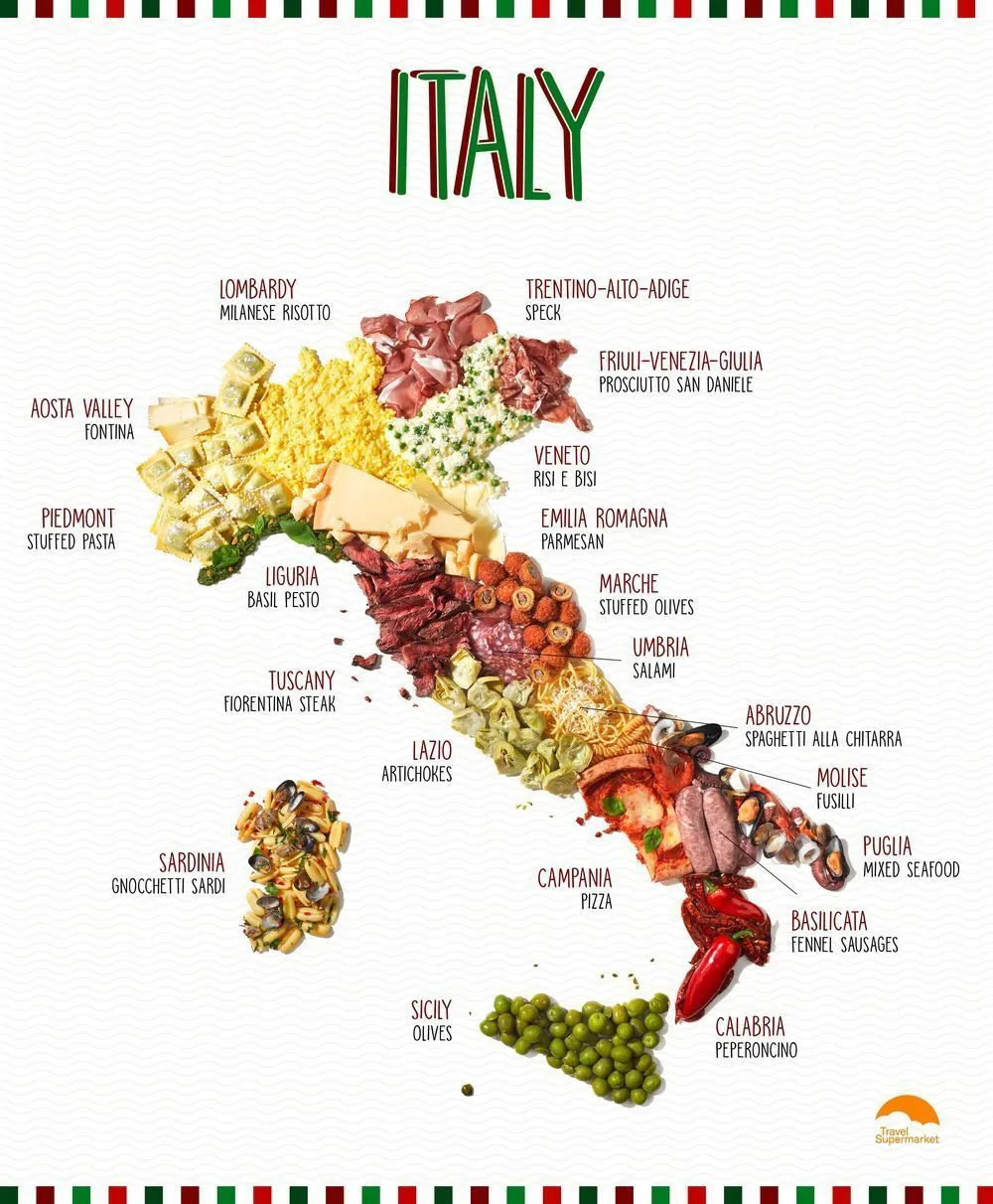
Exploring Rome’s culinary world is a treat, but many visitors make the mistake of sticking solely to pasta, pizza, and gelato. The city offers much more than these staples.
Try Local Dishes Beyond Pasta and Pizza
Escape the misconception that Italian cuisine is just pizza and pasta. Sample unique local dishes like pizza al taglio, a popular street food where you can buy pizza slices by weight. Don’t miss trying suppli, which are fried risotto balls filled with mozzarella, a quintessential Roman snack. For a heartier meal, savor osso buco, braised veal shanks that are rich in flavor. Venturing beyond the typical fare not only enriches your culinary experience but also allows you to appreciate the breadth of Rome’s gastronomy.
Participate in a Cooking Class
Embrace Rome’s food culture by taking a cooking class. It’s not just about learning recipes; it’s an immersive experience that connects you to the local history and ingredients. You can learn to make dishes like carbonara or cacio e pepe directly from Roman chefs, gaining hands-on knowledge that you’ll cherish. Many classes include trips to local markets where you can see the sourcing of fresh produce. This experience deepens your understanding of Roman cuisine and provides a fun and educational break from sightseeing.
Rome’s cuisine offers a feast for the senses beyond the usual pizza and pasta, inviting you to explore its rich culinary traditions.
Relying Too Much on Guidebooks
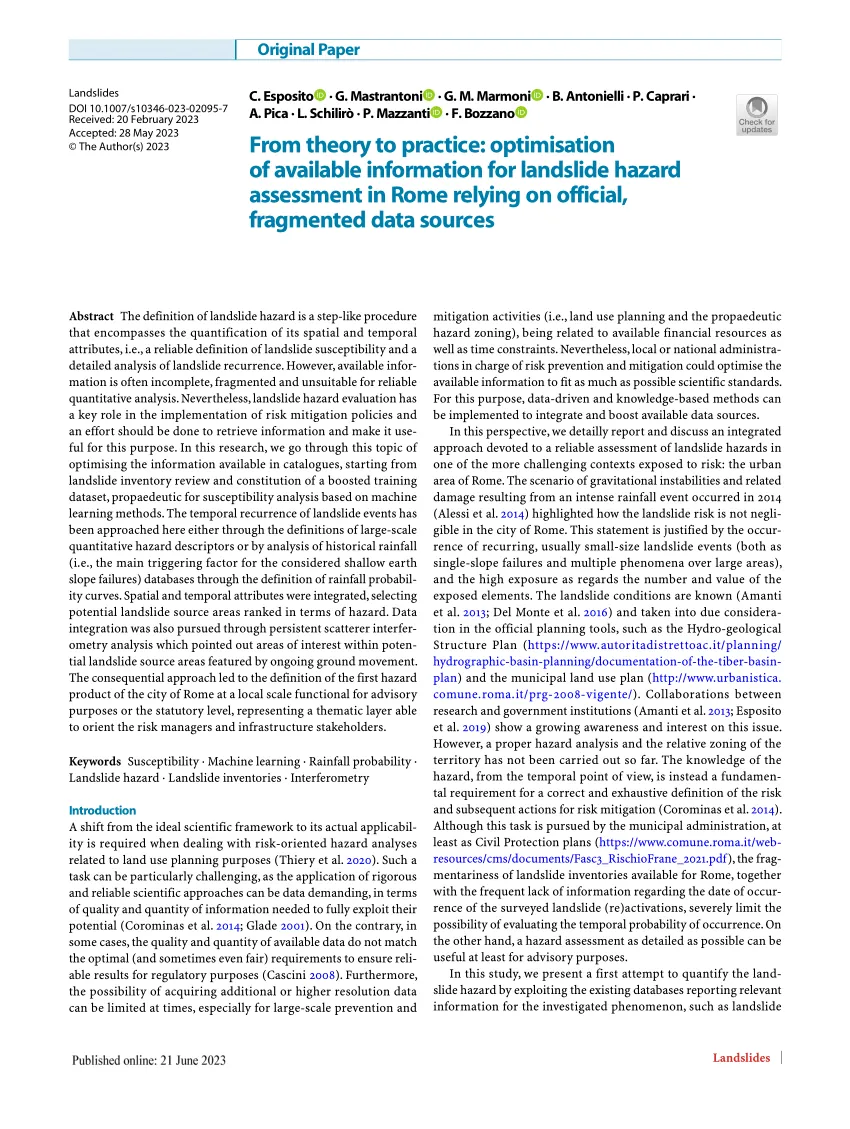
Explore Off-the-Beaten-Path Locations
Sticking solely to guidebook suggestions can sometimes lock you into the typical tourist experience. While guidebooks can offer useful insights, Rome’s true magic often lies just a few metro stops away from the center. For instance, Trastevere’s winding streets and lively piazzas provide a glimpse into local Roman life, complete with charming trattorias and artisan shops that a guidebook might overlook. Testaccio is another gem, known for its authentic markets and street food, like the famous Testaccio Market where you can try delicious suppli. Finally, head to Coppedé for its fairytale architecture and quieter streets, giving you a break from the bustling tourist spots. These areas aren’t just picturesque; they also offer deeper cultural experiences that guidebooks often miss.
Interact with Locals for Recommendations
Locals are your living, breathing guidebooks in Rome. Striking up a conversation with a barista or shop owner can lead you to hidden gems that aren’t listed in your travel guide. For example, a local might direct you to a family-run restaurant where you can savor dishes like carbonara and cacio e pepe that are far superior to the overpriced and sometimes underwhelming meals found in tourist-heavy areas. Asking locals about the best times to visit certain sites can also be incredibly helpful. A local tip might have you visiting the Colosseum early in the morning, so avoiding the mid-day crowds. This interaction not only enhances your visit but also connects you more deeply to the vibrant Roman culture.
By blending the structured knowledge from guidebooks with the spontaneous, firsthand advice from locals and venturing a few steps beyond the tourist hubs, your Roman holiday will transform into a more immersive and memorable adventure.
Expecting a Quick Visit
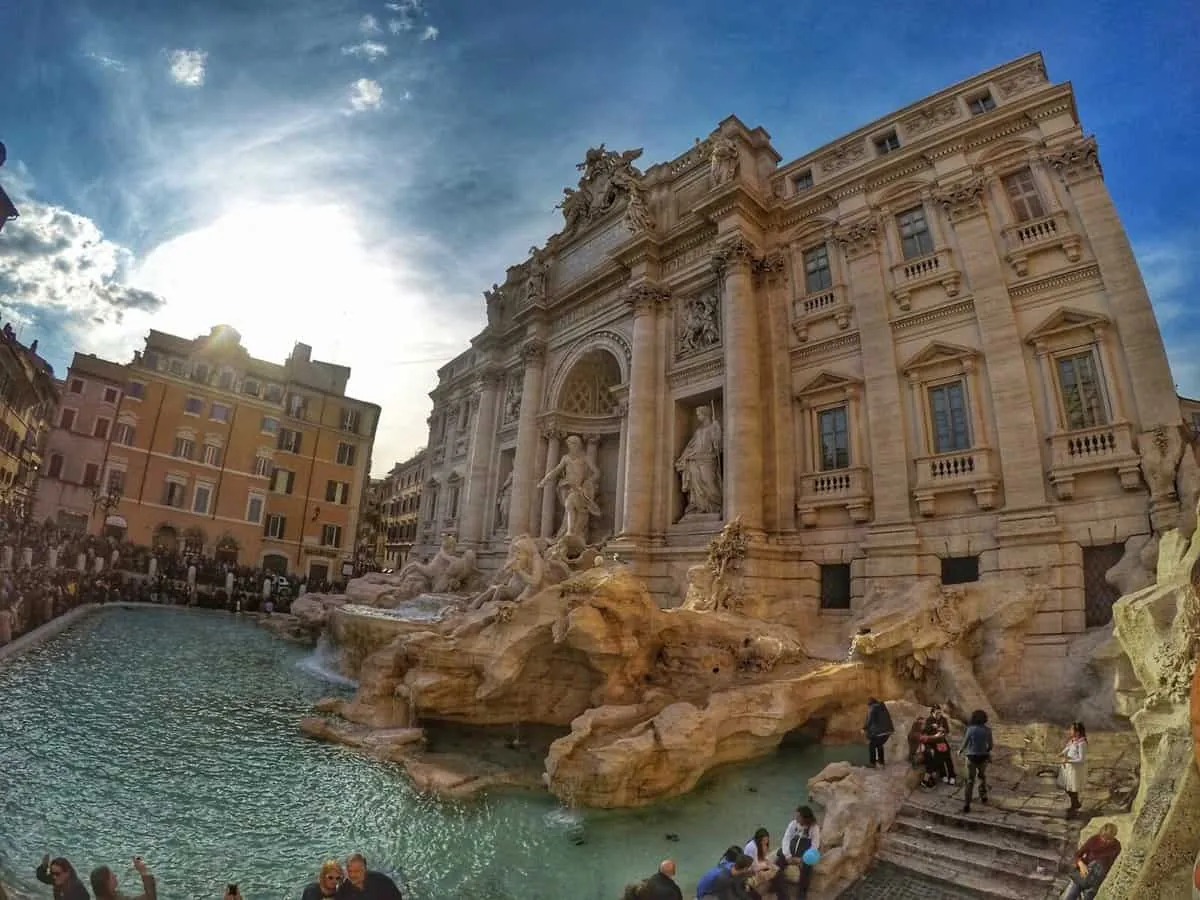
Rome isn’t a city you can experience in a day or two. Its layers of history, art, and culture demand time to uncover. To truly appreciate the Eternal City, you’ll need to plan more than a fleeting visit.
Plan Sufficient Days to Explore Rome
Allocate at least 4-5 days to investigate into Rome’s vibrant attractions and hidden corners. The main draws like the Colosseum, Vatican Museums, and Roman Forum require time and patience. Spend a full day at the Vatican to catch glimpses of the breathtaking Sistine Chapel and St. Peter’s Basilica. Rome’s art scene extends beyond museums, with iconic spots like the Trevi Fountain and Piazza Navona demanding leisurely exploration. By giving yourself a few days, you’ll avoid the rush and soak in Rome’s unique atmosphere.
Allocate Time for Relaxing and Soaking Up the Atmosphere
Don’t rush. Rome’s charm lies in its side streets and hidden cafes as much as its famous landmarks. Allocate afternoons to wander aimlessly through Trastevere’s narrow alleys or relax in the Villa Borghese gardens. Enjoy a cappuccino at a local cafe, watching the world go by. Eating at local, family-run trattorias gives you a taste of authentic Roman life. In these leisurely moments, you’ll feel the true essence of Rome, far away from the tourist crowds.
Disregarding Safety Tips
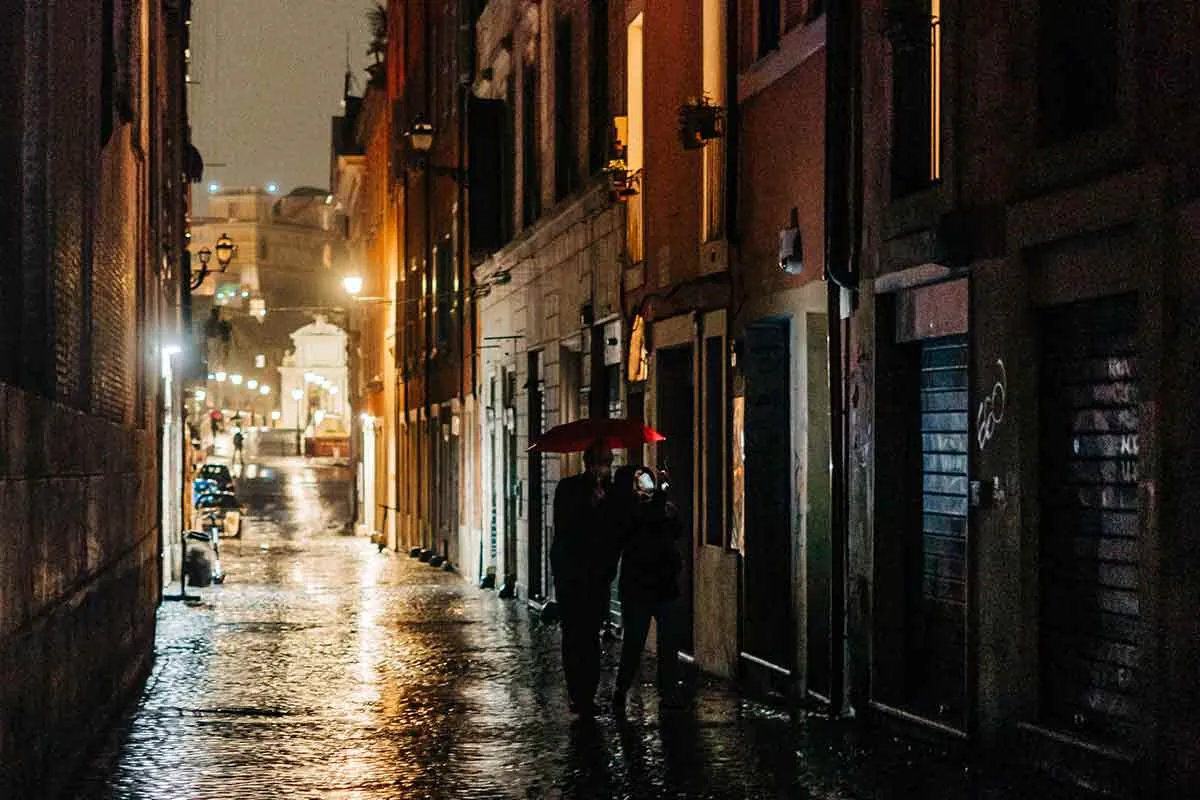
While Rome is a bucket-list destination for many, overlooking safety can dampen your experience. Stay sharp and keep your belongings secure to ensure a smooth trip.
Stay Alert for Pickpockets
Rome’s charm and bustling streets come with a caveat: pickpockets. They’re especially common in crowded areas like the Colosseum and the Vatican. Keep your bags zipped and close to your body. Use money belts or anti-theft backpacks designed for travel. Be wary of distractions, such as someone bumping into you, as this is often a tactic used by pickpockets.
Keep Valuables Secure
Rome’s beautiful landmarks can divert your attention, making you a target. Avoid carrying excessive cash and leave valuable items like expensive jewelry in your hotel safe. Invest in a lock for your backpack and always stay mindful of your surroundings. Secure smartphones, cameras, and other gadgets, preferably in under-clothing pouches or secured bags.
Not Allocating Time for Exploration
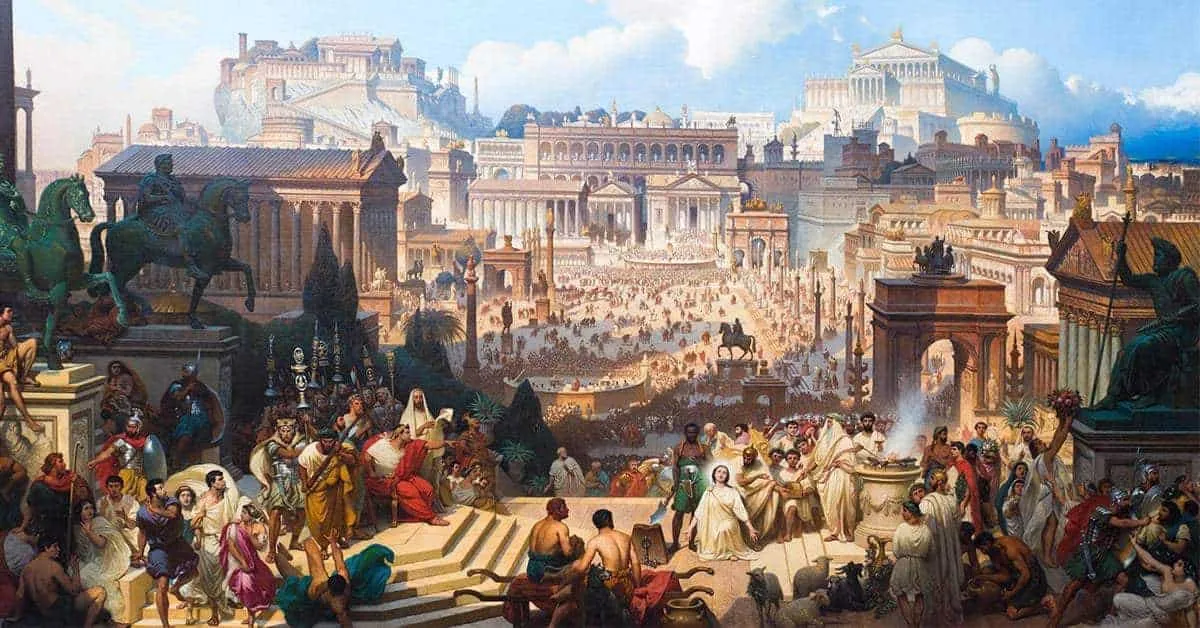
One of the major mistakes tourists make is not allowing enough time to explore beyond the main tourist sites. Rome is a city with a rich history and culture, and limiting your visit to only the famous landmarks can be misleading. Make sure to allocate time to explore neighborhoods that are just a few metro stops away from the center, which can give you a more authentic experience of the city.
Wander Aimlessly to Discover Hidden Gems
Failing to wander aimlessly and discover hidden gems is a significant oversight. Rome is full of unexpected sights and experiences that you might miss if you stick strictly to a planned itinerary. Imagine stumbling upon a quaint piazza where local musicians serenade the evening crowd or finding a tucked-away trattoria serving the best carbonara you’ve ever tasted. Take some time to roam the cobblestone streets without a set destination; you might encounter ancient ruins, boutique shops, and charming cafes that aren’t in any guidebook.
Include Leisurely Strolls in Your Itinerary
Neglecting to include leisurely strolls in your itinerary can rob you of truly experiencing Rome. Walking allows you to soak in the city’s atmosphere, observe local life, and discover details you wouldn’t notice from a tour bus. Head to Villa Borghese for a peaceful walk amid lush greenery or meander along the Tiber River during sunset for a picturesque experience. By allowing yourself time to slow down and simply enjoy the surroundings, you’ll find that Rome’s charm lies not just in its monuments but also in its everyday moments.
Forgetting Currency and Payment Practices
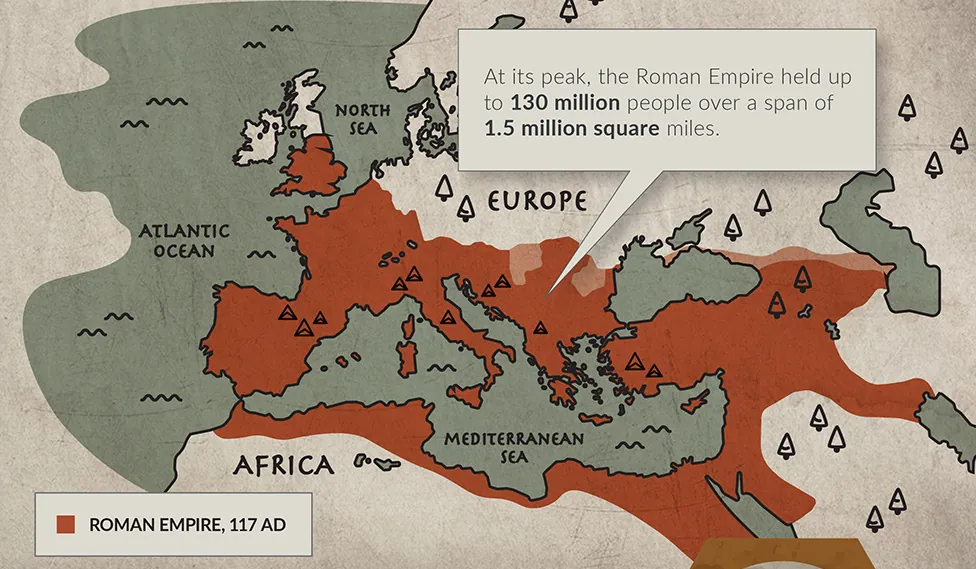
When traveling to Rome, understanding currency and payment practices can save you time and avoid frustrating situations. Knowing when to use cash and exploring local tipping etiquette ensures a smoother experience.
Carry Enough Cash for Small Purchases
Always carry some cash for small transactions. While many places in Rome accept credit and debit cards, you’ll find that some smaller shops, cafés, and street vendors prefer or only accept cash. Local treats like gelato, snacks, or souvenirs may often require Euros. ATMs are widely available, but it’s wise to have some local currency on hand to avoid unnecessary trips to find one.
Understand Coperto and Tipping Etiquette
Learn about the “coperto” charge. In Italian restaurants, especially in Rome, there’s often a “coperto” or cover charge on your bill. This fee, typically a few Euros per person, covers the table setting and bread, not a tip.
Don’t overtip. Tipping in Rome is less common than in other countries. If the service is exceptional, rounding up the bill or leaving a small tip is appreciated, but not expected. This cultural norm helps avoid confusion and ensures you’re not overpaying.
Understanding these simple practices and incorporating them into your daily activities will help you navigate Rome’s vibrant streets with ease.
Misjudging Meal Times

Misjudging meal times in Rome can lead to limited dining options, higher prices, and less authentic experiences. Getting in sync with the local dining schedule is essential.
Adapt to Local Dining Schedules
Adapting to local dining schedules helps you enjoy more authentic and reasonably priced meals. Italians eat lunch from 12:30 PM to 3:00 PM and dinner from 7:30 PM to 10:00 PM. Restaurants catering to tourists may serve food outside these hours, but the quality often suffers, and prices can be steeper. Embrace the Italian way by adjusting your eating habits to their schedule. This simple switch can elevate your culinary experience, letting you enjoy Rome like a local.
Experience Aperitivo Hour
Experiencing aperitivo hour is a must-do when in Rome. This local tradition, usually between 6:00 PM and 8:00 PM, offers a more relaxed and affordable way to dine. During this period, bars provide a range of small snacks and drinks at lower costs. Think complementary bites like olives, cheese, and bruschetta alongside your favorite Italian cocktails. Participating in aperitivo not only gives you a budget-friendly dining option but also immerses you in the local culture, letting you socialize and unwind like a true Roman.
Not Booking Accommodations in Preferred Areas
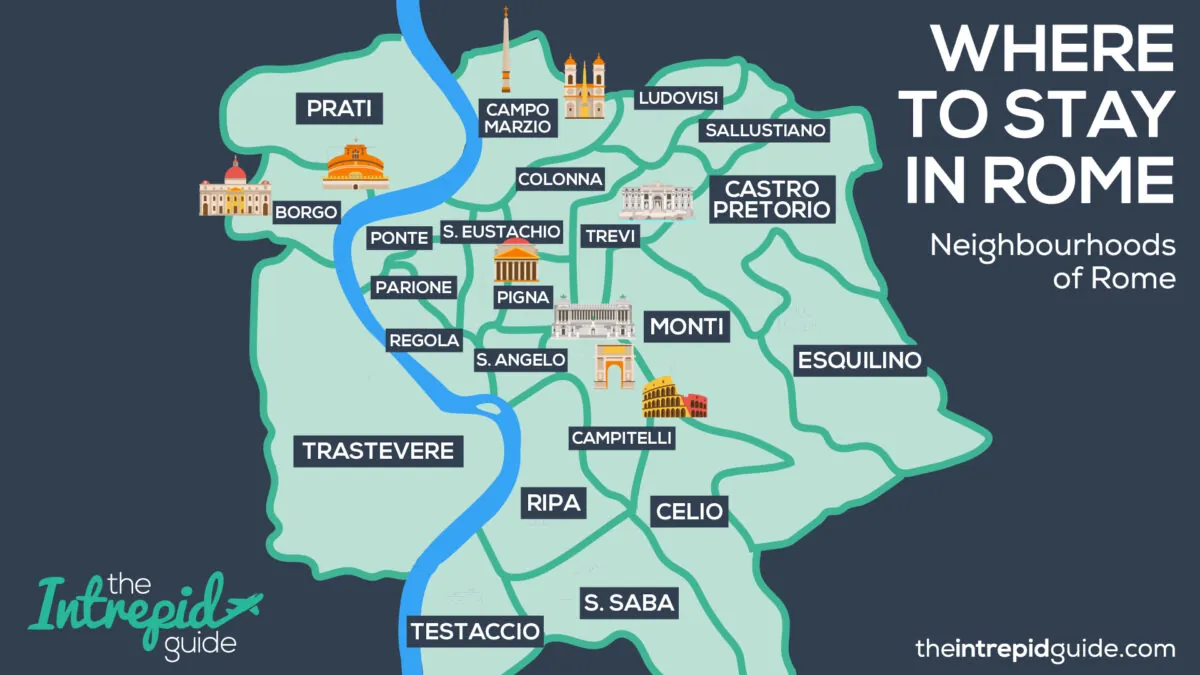
In Rome, your accommodation’s location can significantly impact your experience. Opting for the wrong area can result in long commutes and missed opportunities to soak in the city’s unique vibes.
Research Neighborhoods Before Booking
Different neighborhoods offer varied experiences. For instance, Trastevere is known for its charming streets and vibrant nightlife, while Monti provides a quieter, more local feel with historic charm. Staying in the wrong neighborhood can mean spending too much time traveling to major attractions. Read a comprehensive Rome Neighborhood Guide to identify the best places to stay, ideally close to the city center but away from the most crowded areas. Being in the right spot lets you walk easily to nearby attractions, giving you more time to enjoy Rome’s rich history and culture.
Stay Outside Tourist Hubs for Authentic Experiences
Avoiding the main tourist hubs like the area around the Colosseum not only spares you from inflated prices but also lets you experience Rome more authentically. Neighborhoods like Testaccio and San Giovanni offer a glimpse into everyday Roman life, away from the tourist crowds. These areas are packed with local eateries, markets, and hidden gems that provide a richer cultural experience. Plus, staying outside the tourist hubs often means better deals on accommodations, which can make your stay more affordable and enjoyable.
By researching neighborhoods thoroughly and choosing to stay outside the main tourist areas, you’ll enjoy a more authentic and immersive Roman experience.
Over-scheduling the Itinerary

Visiting a city as rich in history and culture as Rome demands a well-thought-out plan. But, cramming too many activities into each day can lead to exhaustion and frustration. Here’s how to avoid over-scheduling your itinerary to make the most of your Roman adventure.
Allow Flexibility in Your Schedule
Plan realistic daily goals. Instead of packing your days with back-to-back activities, leave some room for spontaneity. This could mean enjoying an unexpected street performance in Piazza Navona or stumbling upon a quaint local café in Trastevere. Allowing for flexibility ensures you soak up the authentic moments that make Rome unforgettable.
Avoid Rushing Between Attractions
Factor in travel time. Rome’s attractions are spread out across the city, and rushing can lead to missing out on the essence of the experience. Allocate enough time to move leisurely between landmarks, whether it’s walking along the Tiber River from Castel Sant’Angelo to the Vatican or meandering through the ancient streets from the Roman Forum to the Colosseum. Enjoying the journey between sights is just as important as the destinations themselves.
Ignoring Health and Insurance

Avoiding health and insurance issues is crucial when traveling to Rome. Here’s how to make sure you’re prepared:
Pack Essential Medications
Ensure you bring any daily medications you need. You’ll save the hassle of finding a pharmacy and dealing with a language barrier. Pack a small first aid kit with pain relievers, band-aids, and any other over-the-counter drugs you might require.
Have Travel Insurance for Emergencies
Secure travel insurance before your trip. This can cover unexpected medical expenses, lost luggage, and even trip cancellations. You’ll have peace of mind knowing you’re protected against unforeseen events.
Conclusion
By keeping these tips in mind, you’ll enrich your Roman adventure and avoid common pitfalls. Rome’s charm lies in its history, culture, and hidden gems, which are best experienced through thoughtful planning and mindful exploration. From securing tickets in advance to mastering public transport and respecting local customs, your journey will be smoother and more enjoyable. Dive deeper into the real Rome by venturing beyond tourist hotspots and embracing the city’s authentic vibe. With these insights, you’re well-equipped to make the most of your time in this timeless city. Enjoy every moment of your Roman holiday!
Frequently Asked Questions
How many days are recommended for a visit to Rome?
It is advised to spend at least 4-5 days in Rome to fully explore its vibrant attractions, hidden corners, and to leisurely enjoy its charming neighborhoods and cafes.
Should I pre-book tickets for major attractions?
Yes, pre-booking tickets for major attractions like the Colosseum, Vatican Museums, and Roman Forum is highly recommended to avoid long queues, especially during peak tourist seasons.
What is the best way to navigate Rome’s public transport system?
Rome’s public transport includes buses, trams, and metro lines. It is more efficient and cost-effective to use public transport over taxis. Remember to validate your train and bus tickets before boarding.
What should I wear when visiting religious sites in Rome?
Visitors should dress modestly when entering religious landmarks. Cover your shoulders and knees, and consider carrying a scarf or shawl for added coverage. Comfortable walking shoes are also a must.
How can I avoid tourist traps in Rome?
Avoid dining in tourist-heavy areas near major landmarks, as they often serve overpriced and subpar food. Venture a few blocks away for more authentic meals, and be wary of street vendors and unofficial taxi drivers.
When are the off-peak tourist seasons in Rome?
To escape overcrowding and high prices, visit Rome during off-peak times like winter, spring, or autumn. This allows for a more leisurely and enjoyable experience.
How can I ensure a safe visit to Rome?
Stay alert in crowded areas like the Colosseum and Vatican to avoid pickpocketing. Use money belts or anti-theft backpacks and avoid carrying excessive cash. Secure valuables in hotel safes and be mindful of distractions that could indicate a pickpocketing attempt.
What is the importance of respecting local customs and etiquette in Rome?
Learning basic Italian phrases and adhering to dress codes in churches and sacred spaces can enhance interactions with locals. Avoid eating in tourist areas to enjoy authentic Roman cuisine at reasonable prices.
Is it necessary to carry cash in Rome?
Yes, it’s advisable to carry enough cash for small purchases, as some shops and vendors prefer cash over cards. Be aware of the “coperto” charge in restaurants which covers table settings and bread.
How can I stay hydrated while exploring Rome?
Carry a refillable water bottle and utilize Rome’s public water fountains, known as “nasoni,” which provide free, clean drinking water. This not only saves money but ensures you remain hydrated, especially during hot summer months.

